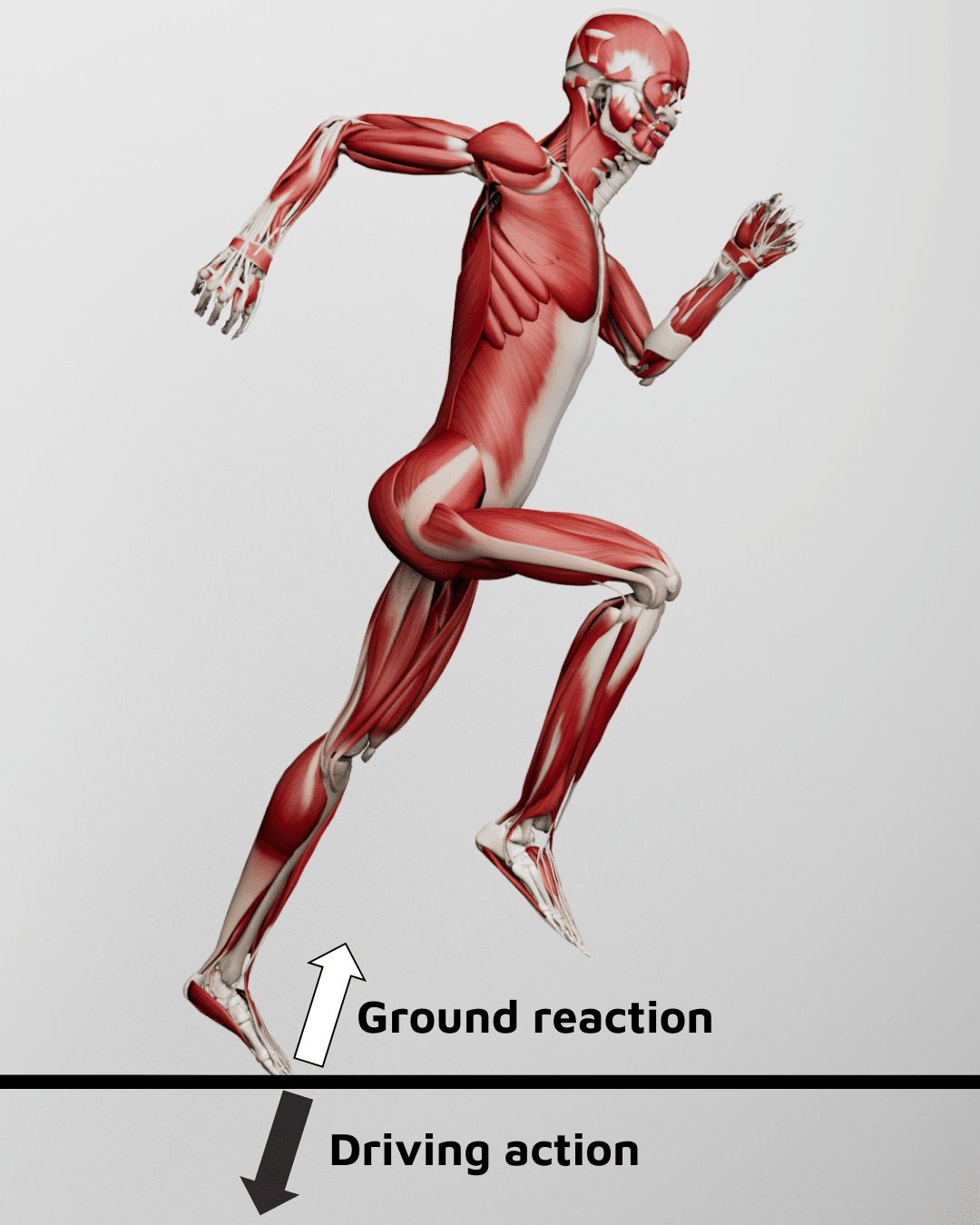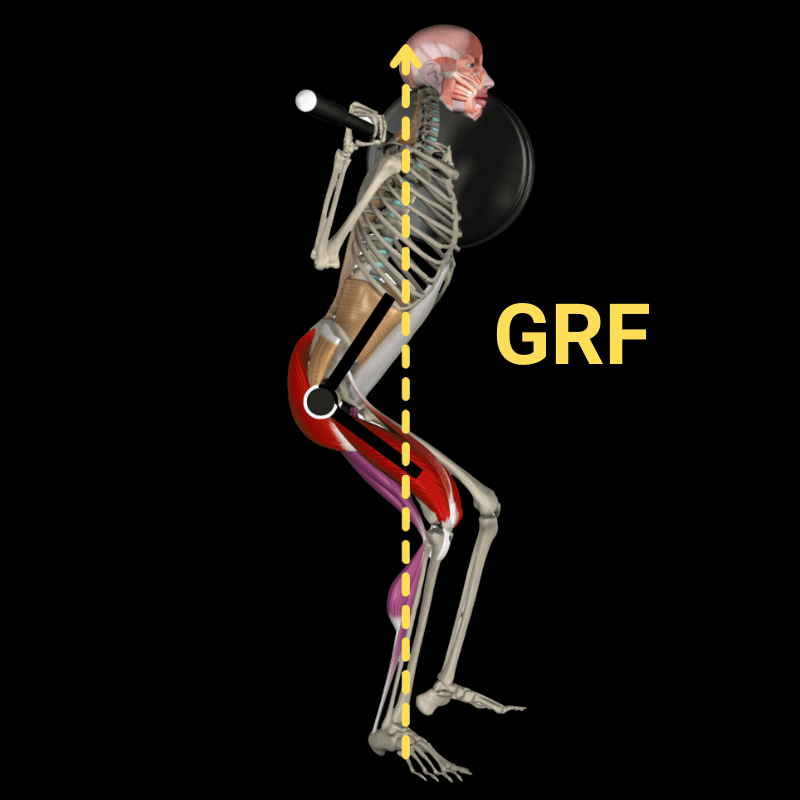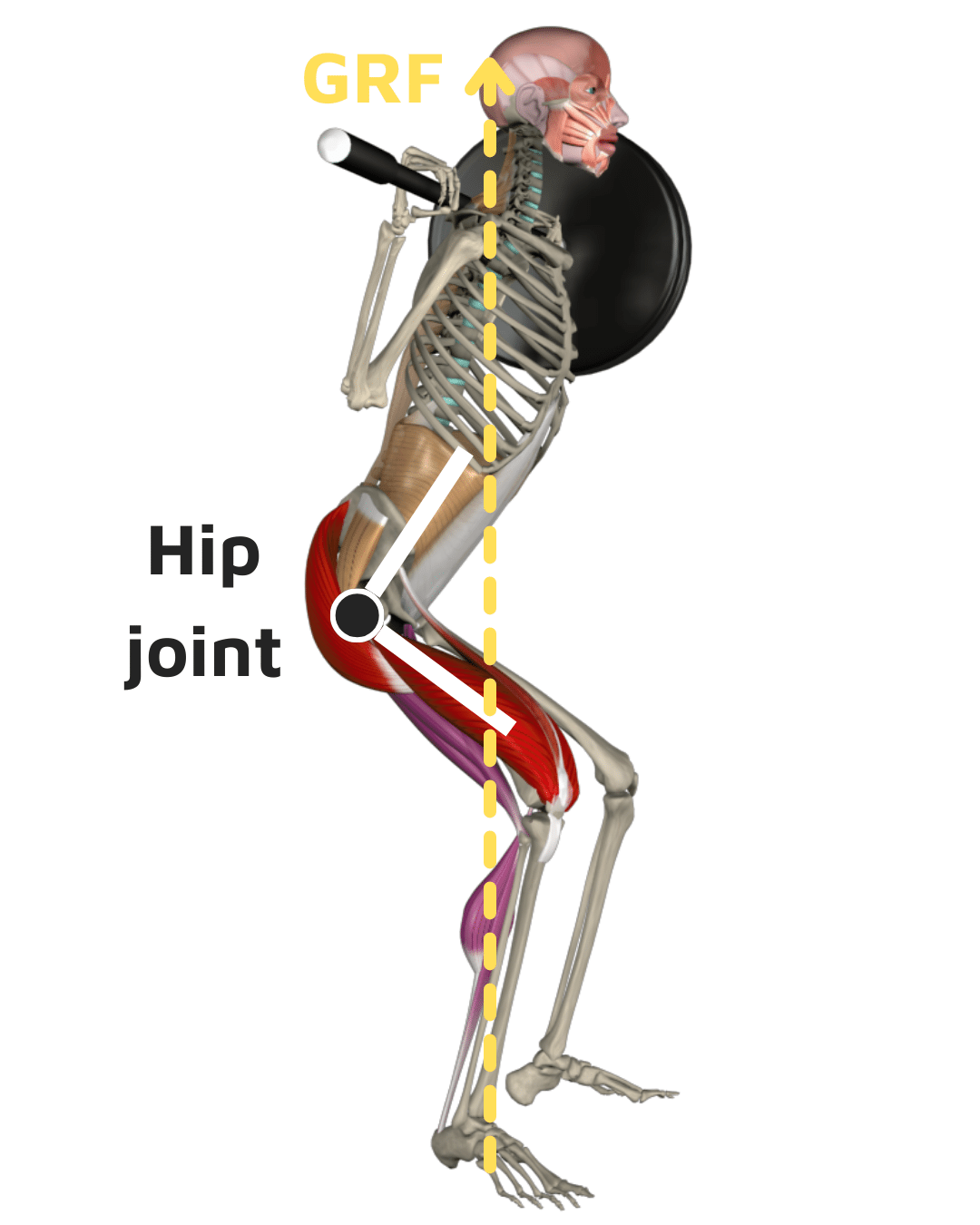When we walk, run, or simply stand, there’s a silent yet powerful force at play, fundamental to our movement yet often unnoticed: the ground reaction force (GRF).
This force is not just a key player in the biomechanics of our daily activities but also a crucial concept in fields like sports science, physical therapy, and biomechanics. In this Muscle and Motion article, we will delve deeper into the nature of this force and explore its critical role in exercise analysis.
What is Ground Reaction Force?
Ground reaction force is the force exerted by the ground on a body in contact with it. This concept is rooted in Sir Isaac Newton’s Third Law of Motion, which states that for every action, there is an equal and opposite reaction. In practical terms, when you stand on the ground, your body exerts a force downward due to gravity (essentially your weight), and in response, the ground pushes back with an equal force upwards. This upward force is what we call the GRF.

GRF in Motion
The role of GRF becomes more dynamic and complex when we move.
During every exercise, each move involves the ground pushing back against our feet. This force travels up through our legs, influencing how our joints move. The direction and magnitude of GRF can cause joints to bend and move in specific ways, facilitating motion.
The Hip Joint: GRF During Squatting
Consider the hip joint in the context of squatting. When you perform a squat, the angle and magnitude of the GRF relative to the hip play a pivotal role.
If the GRF is in front of the hip during the descent of a squat, it encourages hip flexion, a fundamental component of the squatting motion. Similarly, GRF influences other joints, such as the knees and ankles, significantly impacting the overall mechanics of the squat movement.
-
GRF: The external moment
GRF is sometimes referred to as an external moment. A moment in physics is a force that causes rotation.
The GRF, acting as an external moment, can cause parts of the body to rotate or move around a joint.
-
Muscular response to GRF in squatting
In response to GRF, muscles generate a counteracting force, termed an internal moment. During squatting, the gluteus maximus muscle reacts to GRF by extending the hip. In the descending phase of a squat, the GRF exceeds the internal moment produced by the gluteus maximus, allowing the hip to flex. Conversely, during the ascending phase, the force exerted by the gluteus maximus surpasses the GRF, leading to hip extension.
The interplay between the GRF and the internal moments produced by muscles is a delicate balancing act. This interaction is fundamental in determining our movement efficiency, energy usage, and adaptability to different terrains and activities.
In summary, a ground reaction force is an invisible yet indispensable force that plays a significant role in every step we take. Understanding GRF is not only crucial for athletes and those in sports science but also for anyone interested in the mechanics of human movement. It’s a force that shapes our interaction with the world, quite literally from the ground up.
Dive deeper into our content – Download our Strength Training App Today.



